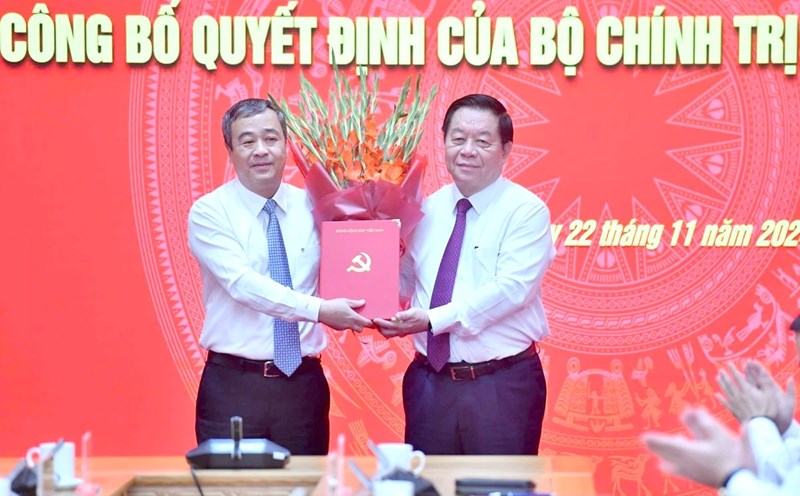Although the trading session on November 21 was the derivatives expiration session, contrary to analysts' concerns, at the end of yesterday's trading session, the VN-Index continued to increase by more than 11 points to reach 1,228.33 points.
Although there are signs that investors are joining in bottom fishing again, market liquidity is still quite low, reaching only over 12 trillion VND. The green color is relatively even, no large stocks have had a sudden change, many large stocks in the banking, steel, retail groups... increased slightly. Similarly, in the opposite direction, the stocks that decreased were not too deep, creating a state of balance.
According to experts, the VN-Index's bottoming signal has not been confirmed and more positive signals and more time are needed. Especially, in the context of the large net selling pressure of foreign investors, it is putting considerable pressure on the market.
Since the beginning of the year, foreign investors have net sold more than VND88 trillion. The record net selling volume of foreign investors since the beginning of the year partly explains why the VN-Index has not been able to successfully break out of the 1,300-point threshold, even though the SP500, Dow Jones and Nikkei indices have continuously set new peaks in 2024.
The development of foreign capital flows is closely related to the story of interest rates and USD exchange rates. The pressure on the USD/VND exchange rate is large, along with the good growth momentum of large technology and semiconductor manufacturing stocks in the world, and the attractive interest rates from government bonds in developed countries, causing foreign capital flows to tend to withdraw from emerging and frontier stock markets, including Vietnam, to enjoy better yields. This is not a new story.
According to analysts, foreign investors have net sold more than 2 billion USD worth of Vietnamese stocks since the beginning of 2024, which is a huge number. If the market is not upgraded, it is likely that foreign investors will continue to net sell.
However, when assessing the medium and long term, foreign funds still have high expectations for the prospects of the Vietnamese stock market. If Vietnam can take advantage of FDI capital, develop a highly qualified workforce, and enhance the intrinsic value of domestic enterprises, foreign investment capital will certainly flow into the Vietnamese stock market.
The groups of stocks that benefit include industrial real estate, manufacturing, information technology, semiconductors, large-cap stocks, and stocks that meet ESG criteria.
Experts from Asean Securities Company believe that investors should closely monitor the capital flow from foreign investors and the movement trend of the DXY index, as well as the domestic USD/VND exchange rate to continue assessing the risk level of exchange rate pressure and market liquidity, focusing on long-term investment stocks with good fundamentals and positive business prospects, disbursing when the market shows clear signs of recovery and valuing stocks at attractive levels.
Some experts also recommend that investors focus on disbursement during this period on stocks that have maintained the trend and rebounded strongly from the support zone or deep discount bottom with much room for recovery. At the same time, it is also advisable to limit the increase in the proportion of stocks that are testing the peak zone or have not attracted positive demand. Along with that, investors still need to strictly adhere to the profit-taking/loss-stopping thresholds that have been set, in the context that the market has not yet sent out a signal confirming the formation of a long-term bottom.











